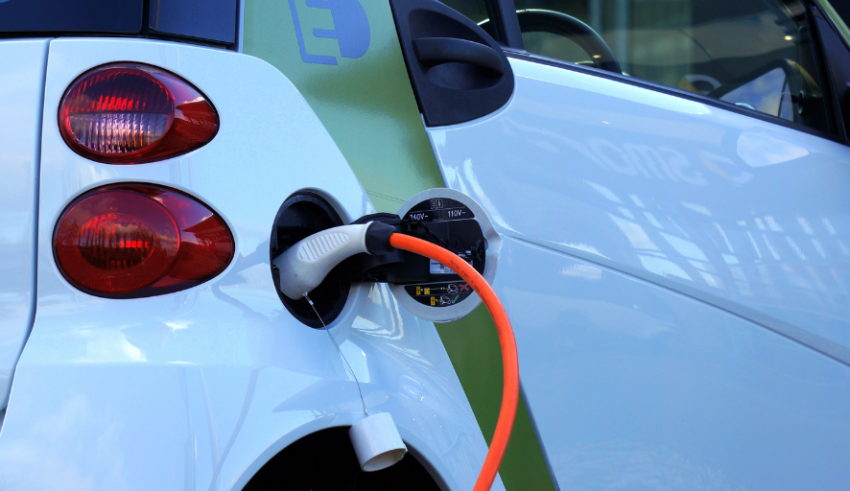
Since the first car-like mode of transport, namely the Benz Motorwagen from the late 1800s, the world has come a long way in terms of transforming the whole mobility sector into a more sustainable, efficient, and green one. Yearly, more than 15 million new cars are being registered within the EU, with countries such as Luxembourg leading the charts for the most cars per capita at close to 700 for 1000 inhabitants. Nonetheless, only about 1% of new cars produced are fully electric. The overall goal for the next decades is to guarantee that the CO2 emissions levels (strongly dependent on the number of combustion engine vehicles in circulation) decreases by 55% by 2030 in comparison to 1990. Further, the regulation presented by the European Union states that full CO2 neutrality is to be reached by 2050. With less than 30 years left to achieve this threshold, steps need to be undertaken to accelerate this process.
The EU has surpassed 1 million battery EVs (electric vehicles) sold within the EU in 2021. While a significant milestone to celebrate, it has to be noted that by now this number is generated mostly by the member states where the infrastructure is ready for the electrification of mobility (such as Germany or Netherlands, with 45000 and 80000 charging stations respectively). This stems from the fact that these countries decided to approach electrification as a priority and chose to focus in incentivize the public to choose greener energy compared to the regular combustion engines. Charging stations are a vital point in deciding to purchase an electric vehicle, given its significantly shorter range compared to the regular cars, however before charging one must purchase the car first. Without any subsidies from the government, electric cars, especially the one that need to compete with the most basic choices, such as Skoda Fabia or Renault Clio (typical civic cars), stand no chance as far as finances are concerned. The reason is simple, purely due to the more expensive technology and batteries used in the EVs. However, once the purchase of say car is subsidized, for instance from the government, the decision becomes far fairer as far as price is concerned. France, for instance, offers a grant to up to 11000 euros if one decided to switch a diesel car older than from 2001 for an electric vehicle. Whereas in Belgium, people buying an EV are exempt from paying the vehicle registration tax.
Nonetheless, such practices are performed usually in Member States of the EU that can afford such practices. Countries such as Bulgaria, Poland, Lithuania, or Latvia do not possess the facilities to incentivize purchasing electric vehicles to the same extent as the Member States from the West. Further, without a change in energy distribution and making these countries greener, the mobility only superficially becomes greener itself (Poland’s main source of energy are still coal mines). Further, countries such as Italy, where per 1000 inhabitants around 600 cars are available, the market is still incentivizing buying the EURO6 cars, which are diesel and gasoline ones. While electric vehicles are subsidized as well, this simply shows that in order to maximize yield the incentives must be tailored to the specific audience.
With 8 years to achieve the 55% reduction in CO2 emissions compared to 1990 in the European Union, policy makers need to reassess the strategies put into the electrification of the EU mobility’s market, while simultaneously taking into account the currently on-going production crisis and the impact the COVID-19 pandemic has put on the car industry.
Reference list:
ExpoMove 2021: What is Shaping the Sustainable and Electrified Mobility in Europe?
Frost&Sullivan. Accessed on 23/01/21. Available at: https://www.frost.com/frost-perspectives/expomove-2021-what-is-shaping-the-sustainable-and-electrified-mobility-in-europe/
Column: Why electrification of European passenger cars needs to speed up. MG Motor. Accessed on 23/01/21. Available at: https://news.mgmotor.eu/column-why-electrification-of-european-passenger-cars-needs-to-speed-up/
EUROPEAN VEHICLE MARKET STATISTICS 2020/21. Icct. Accessed on 23/01/21. Available at: https://theicct.org/publication/european-vehicle-market-statistics-2020-21/
Electric road vehicles in the European Union. Trends, impacts and policies. European Parliament.Accessed on 23/01/21. Available at: https://www.europarl.europa.eu/RegData/etudes/BRIE/2019/637895/EPRS_BRI(2019)637895_EN.pdf
By The European Institute for International Law and International Relations.















